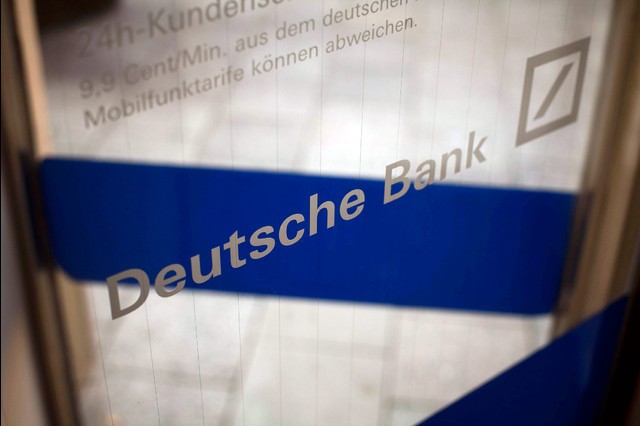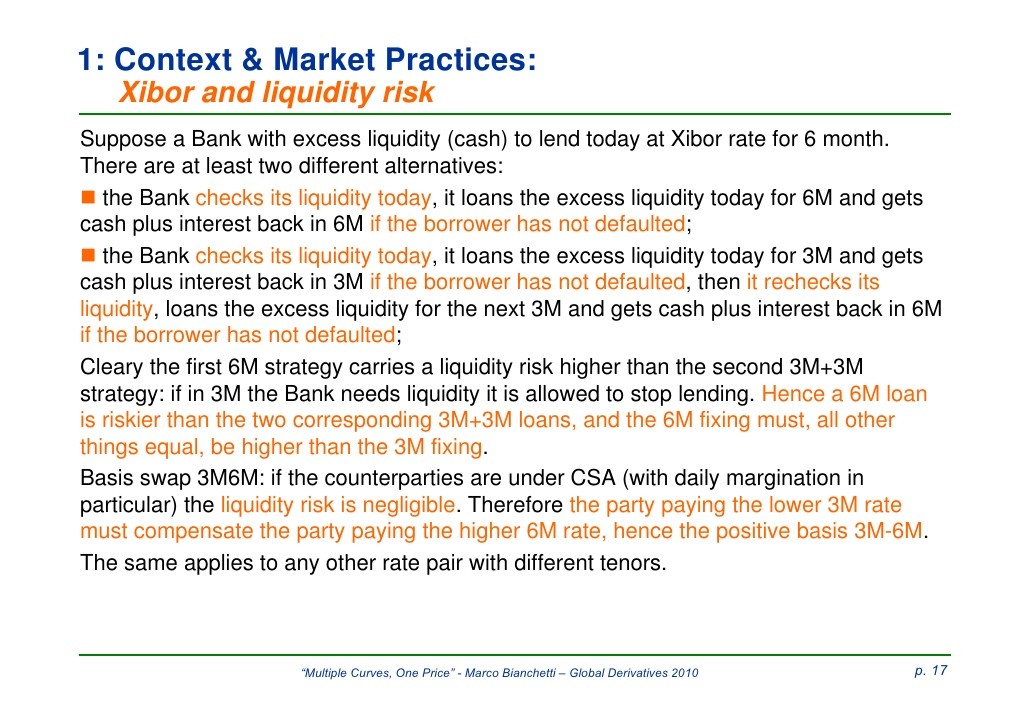Bond Liquidity Risk in $ Funds Defused by Cash Bloomberg Business
Post on: 11 Апрель, 2015 No Comment

Former Fed Chairman Ben S. Bernanke rattled investors when he said in May 2013 the bank could taper its $85 billion-a-month bond buying program if it saw indications of sustained growth. Photographer: Andrew Harrer/Bloomberg
Aug. 18 (Bloomberg) — The record $3.5 trillion stockpiled in U.S. fixed-income funds is raising the specter the bond market will buckle under the strain of redemptions once interest rates rise. Simple math suggests there’s little need to worry.
While fund assets have almost doubled since the financial crisis, their size as a portion of all U.S. mutual funds is still in line with the 21 percent average over the past three decades, according to Investment Company Institute. Debt fund managers also hold almost 9 percent of assets in cash, close to the highest in a quarter-century and more than the maximum rate of outflows in 1994 — one of the worst years for bonds.
With St. Louis Fed President James Bullard saying Aug. 15 that markets are probably mistaken if they expect rate increases to occur more slowly than policy makers forecast, money managers such as BlackRock Inc. have called on regulators to forestall a potential liquidity crisis that may deepen a selloff if too many investors try to get out at once. While a tumble in bonds economists have predicted all year may finally materialize, JPMorgan Chase & Co. says withdrawals are unlikely to unleash a flood of selling that upends debt markets.
“The worries are overblown,” Nikolaos Panigirtzoglou, the London-based global-market strategist at JPMorgan, the top-ranked firm for U.S. fixed-income research by Institutional Investor magazine, said by telephone on Aug. 14. “If you look at history, it’s clear investors aren’t over-invested and bond funds are well positioned.”
Bond Enthusiasm
The stakes have never been higher for the Federal Reserve to engineer a soft landing from almost six years of near-zero benchmark rates as the amount of outstanding public debt reaches a record $17.7 trillion, data compiled by Bloomberg show.
In the U.S. debt securities of all types, from Treasuries to junk bonds, have rallied this year and confounded forecasters who foresaw losses as the Fed scaled back its extraordinary stimulus that has supported the U.S. economy since 2008.
The 4.9 percent average return is the most since 2011 on a year-to-date basis, data compiled by Bank of America Corp. show.
Yields on 10-year Treasuries, the benchmark for trillions of dollars of securities, fell to the lowest since June 2013 last week as the deepening conflict between Russia and Ukraine boosted demand for haven assets. Yields dropped 0.69 percentage point this year through Aug. 15 and ended at 2.34 percent last week. They were at 2.39 percent as of 2:57 p.m. in New York.
‘Systemic Risk’
The bond market has been supported by individuals pouring money into fixed-income mutual funds, which has boosted their assets by $1.77 trillion since the start of 2008, according to Washington-based ICI, the industry’s trade association.
The enthusiasm for bonds has raised the risk a sudden jump in yields could cause a flood of redemptions and magnify losses, according to BlackRock, the world’s largest money manager.
The New York-based firm, which oversees $4.32 trillion, published a report in May saying regulators should consider limits on some withdrawals and standardize provisions that would let funds under duress hand over bonds instead of cash.
“Minimizing ‘run risk’ will mitigate systemic risk,” the report said. Spokeswoman Tara McDonnell said on Aug. 15 the firm still held this view while declining to comment further.
While the surge in bond demand since the financial crisis has given credibility to the notion that the risks to investors have rarely been greater, it doesn’t tell the whole story.
Bond funds account for 22 percent of the $15.66 trillion U.S. mutual fund industry, just 1 percentage point more than the average since 1984, according to ICI.
More Prepared
At the same time, fixed-income funds have increased their cash cushions to 8.7 percent of assets from 7.3 percent a year ago. That’s more than the historical average of 5.4 percent. On a quarterly basis, the funds have had more liquid assets only once in the past 30 years — in the second quarter of 2011.
During 1994, when U.S. debt securities lost 2.75 percent in the worst year on record, outflows never exceeded 6 percent of bond fund assets in any quarter, according to JPMorgan.
Bond managers are more prepared to meet redemptions after last year’s 2.25 percent selloff, dubbed the “taper tantrum,” caused yields on 10-year Treasuries to surge about 1.4 percentage points in four months and triggered the longest stretch of outflows from bond funds since 2000.
Former Fed Chairman Ben S. Bernanke rattled investors when he said in May 2013 the bank could taper its $85 billion-a-month bond buying program if it saw indications of sustained growth.
Less Willing
“The risk of a system-wide cash depletion seems unlikely” as bond funds have boosted liquidity, Ira Jersey, a New York-based interest-rate strategist at Credit Suisse Group AG, said by telephone Aug. 14. The Zurich-based firm is one of 22 primary dealers that trade with the Fed.
Robert Tipp, the chief investment strategist at Prudential Financial Inc.’s fixed-income unit, which oversees $335 billion, is less certain funds can cope with a wave of redemptions without disruptions, especially as the Fed starts raising rates.
The Fed is poised to end its bond purchases by October and futures contracts show that traders anticipate the benchmark rate will rise to 0.64 percent at the end of next year. Fed policy makers expect the target rate to reach 1.13 percent at the end of 2015, based on the median estimate.
“The market is trading too dovishly,” the Fed’s Bullard said in an interview last week on SiriusXM satellite radio. “I think that’s probably a mistake.”
Because yields on U.S. debt securities are so low, the potential for losses when they rise is now close to an all-time high, based on a bond-market metric known as duration.

‘Valid Case’
The risk that funds won’t be able to sell when they need to the most has also emerged as regulations designed to curb risk-taking made dealers less willing to hold bonds.
They have cut inventories of all types of debt securities by almost half in the past 16 months, Fed data show.
“It’s a valid concern that so much money has come into bond funds, especially given the yield levels,” Tipp said by telephone from Newark, New Jersey, on Aug. 13. “There could be significant dislocations. At this point, it’s hard to tell how bad things can get when we turn the other way.”
With inflation under control and wage growth still tepid, there’s little need for the kind of rate increases that would spur a sustained exodus, said Jennifer Vail, head of fixed-income research at Minneapolis-based U.S. Bank Wealth Management, which oversees $112 billion.
Average hourly earnings were unchanged last month, even as American employers added jobs at a pace not seen since 1997. Consumer prices using the Fed’s preferred measure have risen less than its 2 percent target for 26 straight months.
Bull Thesis
A growing number of retirees and pensions are also buying bonds for steady, low-risk income in a demographic shift that’s set to underpin debt demand for years to come. At the same time, bonds in the U.S. are yielding the most in five years versus the rest of the world, which may lure foreign buyers.
“Bonds are not a bubble,” Vail said in a telephone interview on Aug. 12. “Demand generally hasn’t waned.”
For James Kochan, chief fixed-income strategist at Wells Fargo Funds Management LLC, having extra cash means clients who want out can get their money while managers have the ability to snap up more bonds at higher yields whenever prices drop.
Just a week after record withdrawals from junk-bond funds pushed yields to an almost six-month high of 6.3 percent, demand reappeared as investors deposited $680 million in the week ended Aug. 13, according to Lipper. Toward the end of June, yields on junk bonds had fallen to a record 5.69 percent.
“The reality is we are living in such a low-yield global environment,” Kochan said by telephone from Menomonee Falls, Wisconsin, on Aug. 13. “Having cash on hand allows bond managers to ability to wait for higher yields to jump back in.”
To contact the reporter on this story: Cordell Eddings in New York at ceddings@bloomberg.net
To contact the editors responsible for this story: Dave Liedtka at dliedtka@bloomberg.net ; Michael Tsang at mtsang1@bloomberg.net Michael Tsang














